Whether you’re seeking to clad a modern residential or commercial building, precast concrete panels have become the obvious choice for many in recent years, due to their sheer strength, longevity, and aesthetic appeal.
If you’ve heard of exterior wall cladding and would like to know more about why it’s become such a popular choice, this short guide is what you’re looking for.
Concrete wall panels explained
Used for both interior and exterior cladding, concrete wall panels are precast in a controlled environment before being transported to the site. Prized for their strength and aesthetic appeal, they are exceptionally versatile and functional when used for a wide range of construction designs.
Panels can also be made in many different finishes, colours, and textures, making them the ideal choice for industrial, contemporary, or organic building designs.
How are they made?
Manufactured off-site in an environment that’s fully controlled, precast concrete panels are then transported to the site. The manufacturing process starts with the creation of a mould matching the panel’s desired dimensions and shape. Then, concrete reinforced with glass fibres (known as glass-fibre reinforced concrete, or GFRC) is poured into the mould where it begins the curing process to optimize its durability and strength.
The use of a highly controlled setting guarantees quality, a reduction in waste, and consistency.
How thick and strong are concrete wall panels?
Precast concrete panels can be made as slender as 13mm (ideal for wall cladding that’s more decorative in nature) or up to 50mm for applications that are exterior or structural and that need to meet certain requirements in terms of strength and insulation. Ultimately, concrete wall panels can be made to suit a wide range of constructional and architectural needs.
In terms of their strength, concrete wall panels are highly impact, fire, and weather-resistant, despite not being excessively heavy. Panel strength can exceed 5,000 psi, making them ideal for a variety of commercial and industrial applications in which high stress may be experienced.
What size are they?
The great thing about precast concrete panels is that they can be made to whatever size is required. Standard sizes are typically 1200x600mm or 900x900mm, but depending on the specific requirements of each project, they can easily be customized. Generally, bigger panels are used primarily for exterior or expansive wall cladding, while smaller panels that are more decorative in nature can be made for accent walls or detailed work.
What are the many benefits of concrete wall panels?
With their consistent quality and durability, precast concrete wall panels offer numerous advantages that are hard to ignore, including faster installation times compared to traditional concrete and the ability to be customized. They can also be insulated to help buildings lose less heat and help reduce energy bills.
Additionally, because the methods of making precast concrete use less waste and energy than traditional methods, they have become valued for their eco-friendliness.
While the cost of concrete wall panels can vary according to a number of different factors, including size and thickness, they are generally a more cost-effective option than on-site pouring of concrete, as the whole process involves less labour and a swifter installation. Although you may need to pay more upfront for concrete panels, what they offer in terms of durability, ease of maintenance, and energy saving makes them a fantastic product on a long-term basis and a worthwhile investment for construction projects of all shapes and sizes.



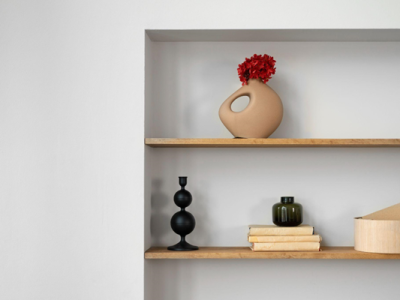

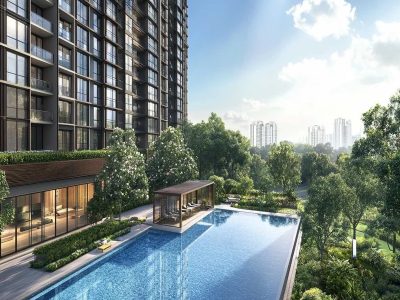
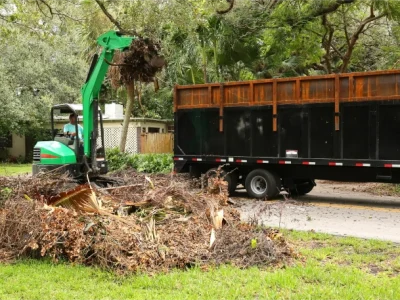

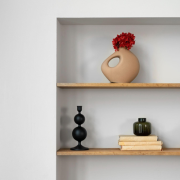
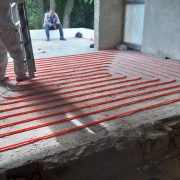
Comments